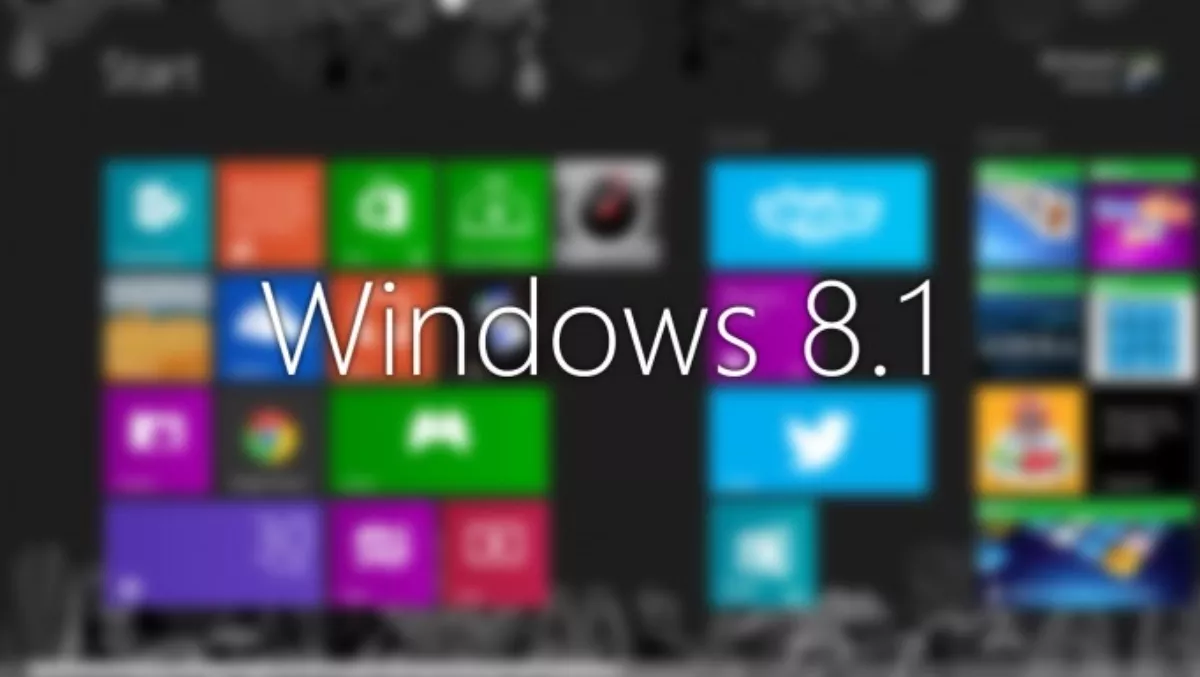
Windows 8.1 - what you should know
On 8 April 2014 Microsoft retires support for Windows XP: there’s now some urgency to upgrade to a more modern operating system.
Windows 8’s touch-enabled interface eliminates many of the challenges of managing PC users in a multi-device BYOD environment, and Windows 8.1 is a significant upgrade.
Extended Mobility: Concerns over demand for IT services and technical support often hinder the deployment of mobile devices. Windows 8.1 eliminates many issues, enabling organisations to extend mobility to a wider range of employees and achieve greater productivity benefits.
Application Innovation: The Windows Store now includes more than 100,000 apps, giving users either on tablets or smartphones a more fluid and unified mobile experience.
IT Support: One of the chief support headaches for IT staff is troubleshooting different devices and platforms. Standardising on Windows 8.1 allows IT to become more streamlined in its support and reduces complexity associated with enterprise mobility.
Cost Reduction: Standardising on Windows 8.1 eliminates licensing and support costs. And because everything is centred on a single operating system, costs associated with application development and maintenance are reduced. For example, Workplace Join allows users to work on the device of their choice, while maintaining access to corporate resources.
Enhanced Security: Security enhancements include Remote Business Data Removal, which gives enterprises greater control over encrypted content, wiping it when it is no longer needed. Additionally, Internet Explorer now enables an anti-malware solution to scan binary extensions to help stop the execution of known and unknown malware.
By Steve Griffin, Unisys country manager, New Zealand

